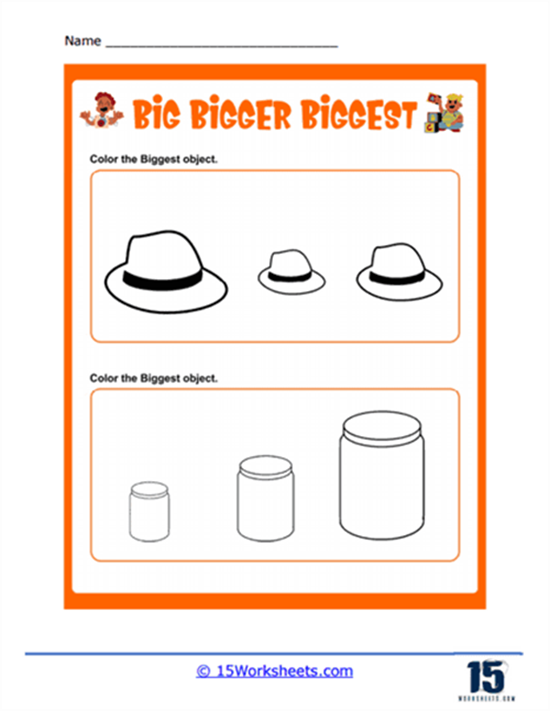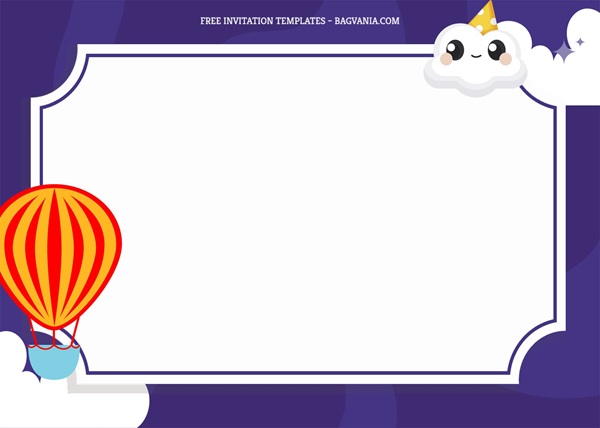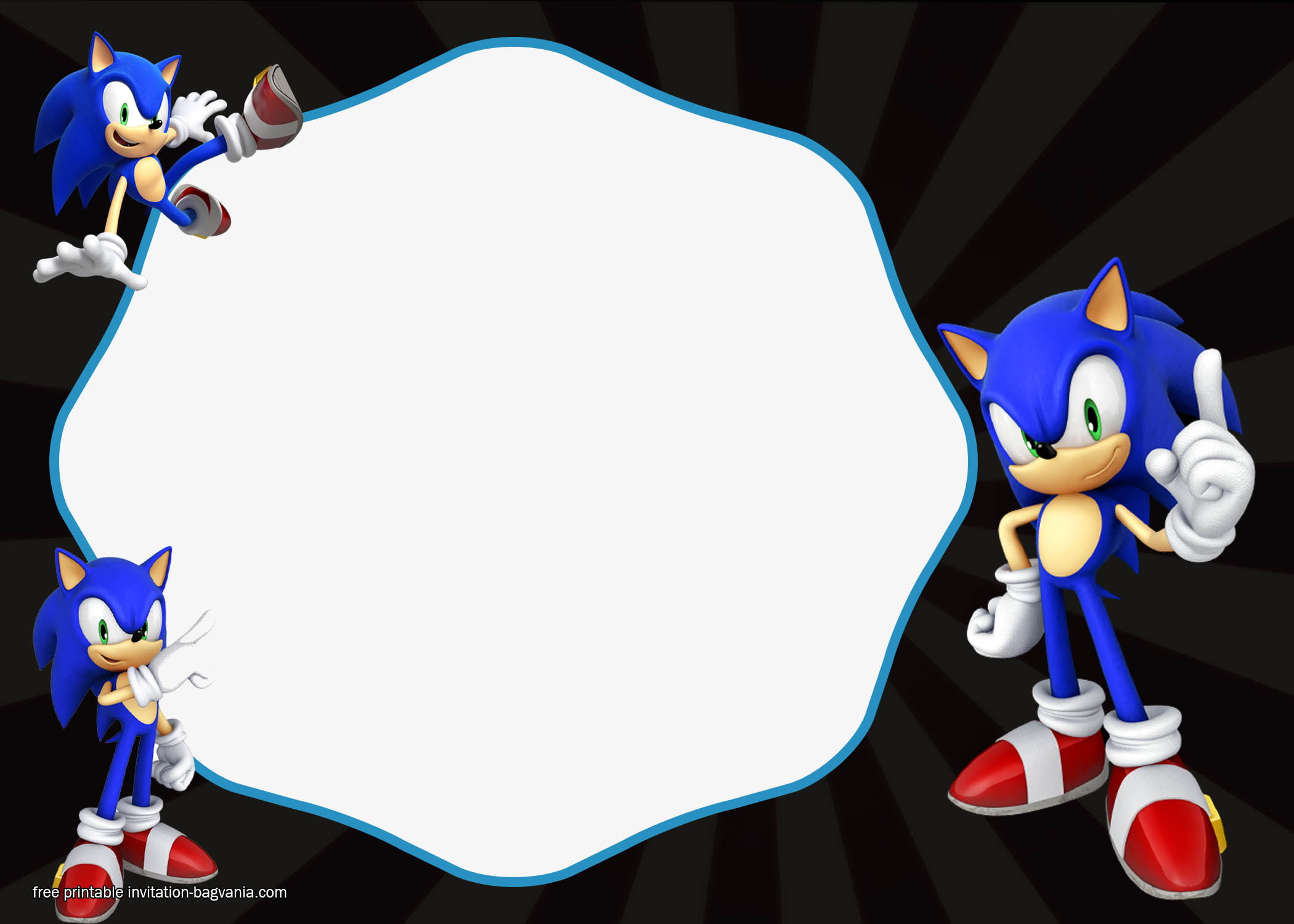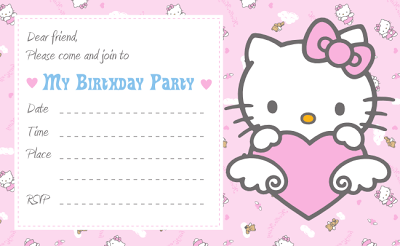Understanding the concept of size is an essential building block in a child’s early learning journey. Comparing sizes—whether it’s sorting objects by big and small, arranging items from shortest to tallest, or recognizing relative proportions—encourages critical thinking, observation, and decision-making. This activity goes beyond math skills, helping children connect abstract concepts to real-world objects in an engaging and playful way. It’s also a great opportunity to enhance their vocabulary as they learn words like “bigger,” “smaller,” “longer,” and “shorter.”
This hands-on activity is especially well-suited for preschoolers and early learners who are just beginning to explore the world around them. However, with a few creative tweaks, it can be adapted to suit toddlers or even older children, making it a versatile and inclusive learning tool. In this article, we’ll explore the benefits of comparing sizes, how to tailor it to different age groups, and ways to invite other parents to join the fun, fostering a shared learning experience for children and families alike.
Benefits of Comparing Sizes Activity
While activities like these are designed to keep little kids occupied and entertained, these activities are really great to boost their cognitive developments and other skills to prepare them for future learning. Here are the key benefits of comparing sizes activity for young children:
Enhances Critical Thinking Skills
Comparing sizes encourages young children to analyze and categorize objects based on specific attributes like height, width, and length. This process requires them to observe details and make decisions about which items are bigger, smaller, or the same size. As they practice, they develop logical thinking skills, which lay the foundation for problem-solving and decision-making abilities in later stages of learning.
Builds Mathematical Understanding
Introducing size comparison helps children grasp foundational math concepts such as measurement, estimation, and sequencing. They learn to associate terms like “bigger,” “smaller,” “taller,” and “shorter” with numerical and spatial reasoning. These skills form the basis for understanding more complex topics in math, such as geometry and arithmetic, as they progress in their education.
Expands Language Development
Engaging in size-related activities is a natural way to expand a child’s vocabulary. By describing objects using comparative words, children become more confident in articulating their thoughts. Phrases like “the biggest ball” or “the shortest stick” not only reinforce the concept of size but also help in developing their expressive language skills, which are crucial for effective communication.
Strengthens Social Skills
When children participate in comparing sizes with peers or adults, they learn to collaborate, share observations, and take turns. Group activities foster a sense of teamwork and help children understand different perspectives as they discuss their findings. This collaborative environment nurtures social-emotional growth and builds their confidence in interacting with others.
Comparing Sizes Worksheets
Comparing sizes for young children mainly revolves around everyday objects, deciding which ones are bigger or smaller, taller, longer or shorter. It is also such a great idea if you can incorporate other skills (coloring, cutting and pasting) into this this activity. So here are some amazing worksheets from a few different resources to start you off:
1. Long vs Short
This worksheet from 15 Worksheets provides different things for children to look at and requires them to analyze which one among the three is the longest of the group. With this worksheet, you can also get your young children to familiarize themselves with the names and functions of everyday objects, while learning the concepts of comparisons and measurements.

This is another great one from 15 Worksheets, comparing objects based on their length. This worksheet is great because it incorporates another element to the activity, which is coloring. It requires the children to color the long objects red and the short objects green. A little bit of art is always a great way to keep young children engaged and it also sparks their creativity.

2. Big vs Small
These two worksheets from 15 Worksheets encourages children to pay attention the objects given and find out which ones are bigger or smaller than the others. The first worksheet incorporates coloring into the activity, it requires your children to color the biggest object. Or you can always improvise by getting them to color the biggest object blue and the smallest object yellow. Adding a little coloring activity is always a lot of fun for the kids, it will also get them more interested to do the worksheets.
And the second one incorporate tracing and coloring. For children who are just being introduced to writing instruments, this is a great way to get them to practice fine motor skills such as pencil grip and control, while also learning about the concepts of comparison and measurements.


3. Tall vs Short
This worksheet is from Semesta Ibu and it is such a great worksheet for comparing sizes. This worksheet is not only about analyzing which flower plant is tallest or shortest in the group, but it also involves other two great exercises for your children. The first one is cutting and pasting, children are required to cut and paste the flowers into the boxes available. Cutting and pasting is such a great idea to help children work on their fine motor skills. The second exercise would be rearranging, the worksheet requires your children to paste the flowers in a specific pattern, from shortest to tallest. By adding this element into the activity, children learn to analyze and create a desired pattern.

Tailoring to Different Age Groups
Comparing sizes is ideal for preschoolers aged 3 to 5 years. At this stage, children are naturally curious about their surroundings and eager to explore relationships between objects. Their developing motor skills and cognitive abilities make this activity both manageable and engaging. Preschoolers benefit from hands-on experiences like sorting toys by size or arranging blocks in ascending order, which help them grasp the concept of size comparison in a fun and meaningful way.
For toddlers aged 1 to 3, keep it simple and visual by using large, distinct objects like stuffed animals or stacking cups. Focus on basic comparisons, such as identifying the “big” versus “small” object. For older children aged 6 and above, introduce more complex tasks, such as ordering multiple items by size or incorporating measurement tools like rulers. Make it fun by turning the activity into a game—create scavenger hunts where kids find objects of varying sizes or use everyday items to build a “size ladder” from smallest to largest. Tailoring the difficulty level ensures that children stay engaged and challenged while learning.
Making It a Group Activity
Perfect for Group Settings
Comparing sizes is an excellent activity for groups, as it encourages collaboration and shared learning. Children can work together to sort objects, compare findings, or build size-related sequences like towers or patterns. Group activities foster teamwork, communication, and a sense of achievement as children collectively explore and solve problems. Additionally, group settings allow kids to observe and learn from one another, enriching the overall experience and making the activity even more dynamic.
Inviting Others to Join
To invite other parents and children, consider hosting a playdate or organizing a community activity session at a local park or library. Share your idea on social media, in parenting groups, or through school newsletters, emphasizing the fun and educational aspects of the activity. Include a brief description of what participants can expect, such as games, sorting challenges, or creative crafts involving size comparisons. Highlight that it’s a low-prep, inclusive activity that’s suitable for children of various ages, making it appealing for families to join.
You can also check out our collection of fun and adorable invitation templates. All you have to do is download the templates and edit in the details to your party or playdate! The designs incorporate characters that children like, which will get them excited to come. Check them out right here: 8+ Cute Cartoon Airplane For Boys Birthday Invitation Templates


Conclusion
Comparing sizes is a simple yet powerful activity that helps children develop essential skills in critical thinking, math, and language. Its adaptability makes it suitable for a wide range of ages, allowing parents and educators to tailor the experience to fit individual learning levels. Beyond the educational benefits, this activity provides opportunities for creativity, collaboration, and fun, making it a valuable addition to any child’s early learning journey.
By involving others, whether through playdates or group sessions, you can create a shared experience that strengthens social bonds and builds a sense of community. So, gather a variety of objects, spark your child’s curiosity, and invite friends to join in the excitement of learning through play. Together, you can inspire young minds and make lasting memories while teaching them the important concept of comparing sizes.






























